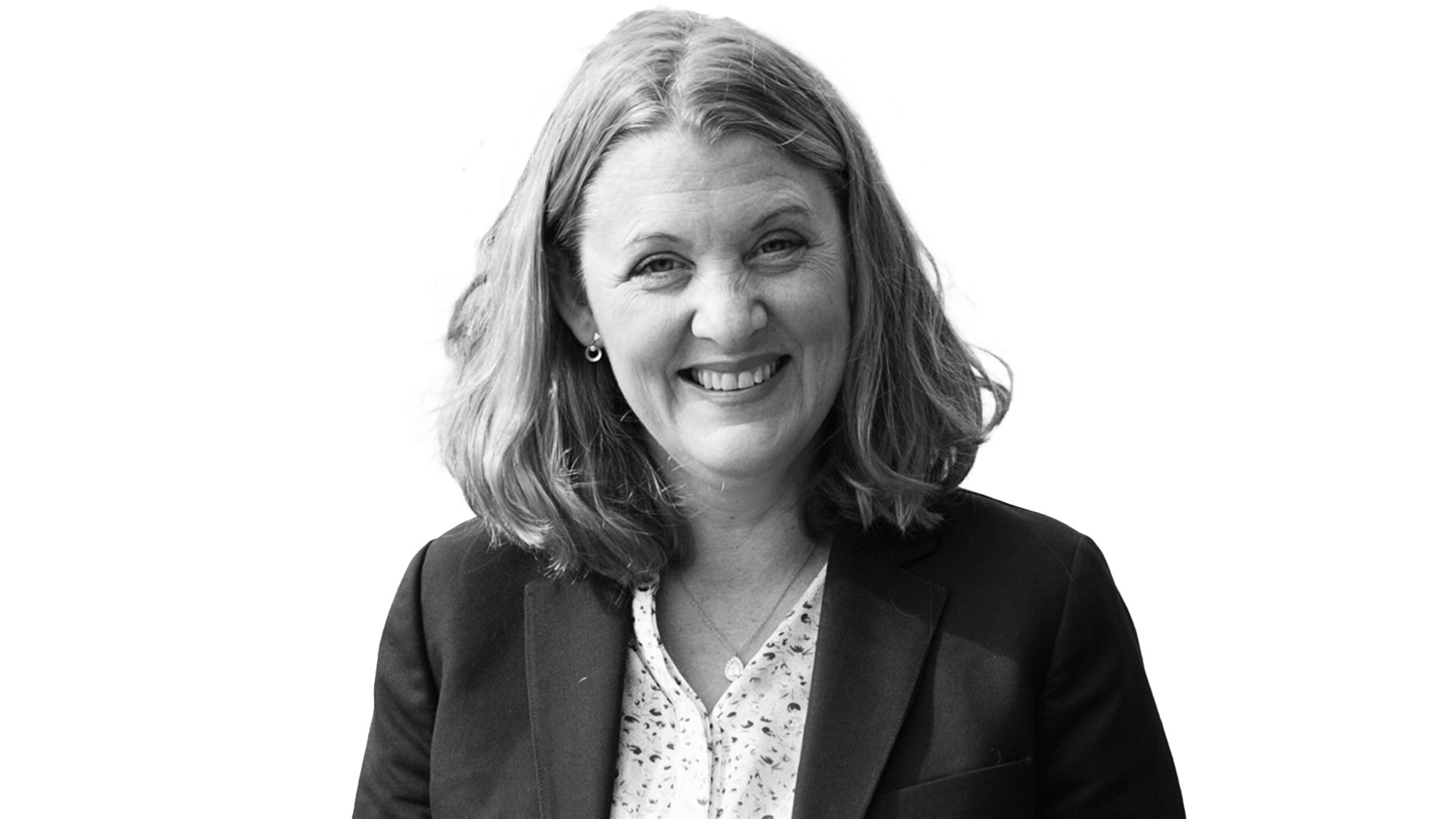Case
Project-driven climate calculation for life science company
When a life science company wished to evaluate the climate footprint of their new constructions at a factory in the Stockholm-Uppsala region, they enlisted the help of Semcon. The result was a project-driven climate calculation and a tool that can be used as decision support for future material choices.

IndustryLife Science
CompetencesChemistry & Lifecycle solutionsEcodesign
Background
The company’s operations relate to technology and services in the pharmaceutical industry. In addition to doing good in the field of medicine, they also have high ambitions when it comes to reducing their environmental footprint. The company has been a member of a business network with climate commitments for many years and has, among other measures, decided to report a price on green house gas emissions internally to support decision making. When it was time to evaluate the climate footprint from new constructions at their factory, they chose Semcon.
Modelling and backcasting
The assignment was to conduct of a previous CAPEX project in which a climate calculation was performed to calculate climate emissions resulting from the building phase. Backcasting is a planning method that starts with defining a desirable future and then works backwards to identify policies and programs that will connect that specified future to the present.
Semcon modelled three scenarios:
- one with generic emission data,
- one with emission data on how the biotechnology company currently builds,
- and one scenario that would be optimal from a climate standpoint.
Lower the threshold – from heavy LCA to hotspots
The analysis showed double positive results. It was clear that the company already makes good climate choices, such as using climate-enhanced concrete and steel containing a high proportion of scrap metal and thereby having a relatively low climate footprint. It could also be proven that the climate impact could be lowered an additional 9% by choosing different materials, but this comes at a cost, of course. Having set a price on carbon dioxide internally thus makes the calculation easier. Yet there are also great variations in the CAPEX projects and therefore also variations in the possibility of reducing the climate impact from the building phase.
With this in mind, Semcon also delivered a simple tool that facilitates future material selection and can help answer the questions of what the focus of climate improvements should be, and what is possible. This shortens the lift-off phase for making these estimates in the future – from a time consuming LCA visible hotspots and estimating the projects climate impact, in a few clicks.
Semcon’s project deliveries:
Creation of a model and implementation of backcasting with regard to climate impact
Excel-based tool for climate calculations in the project

